Tadao Ando’s Floating Church
The architect, known for his rough concrete creations, designed ‘Church on the Water’, a chapel surrounded by nature in Hokkaido.
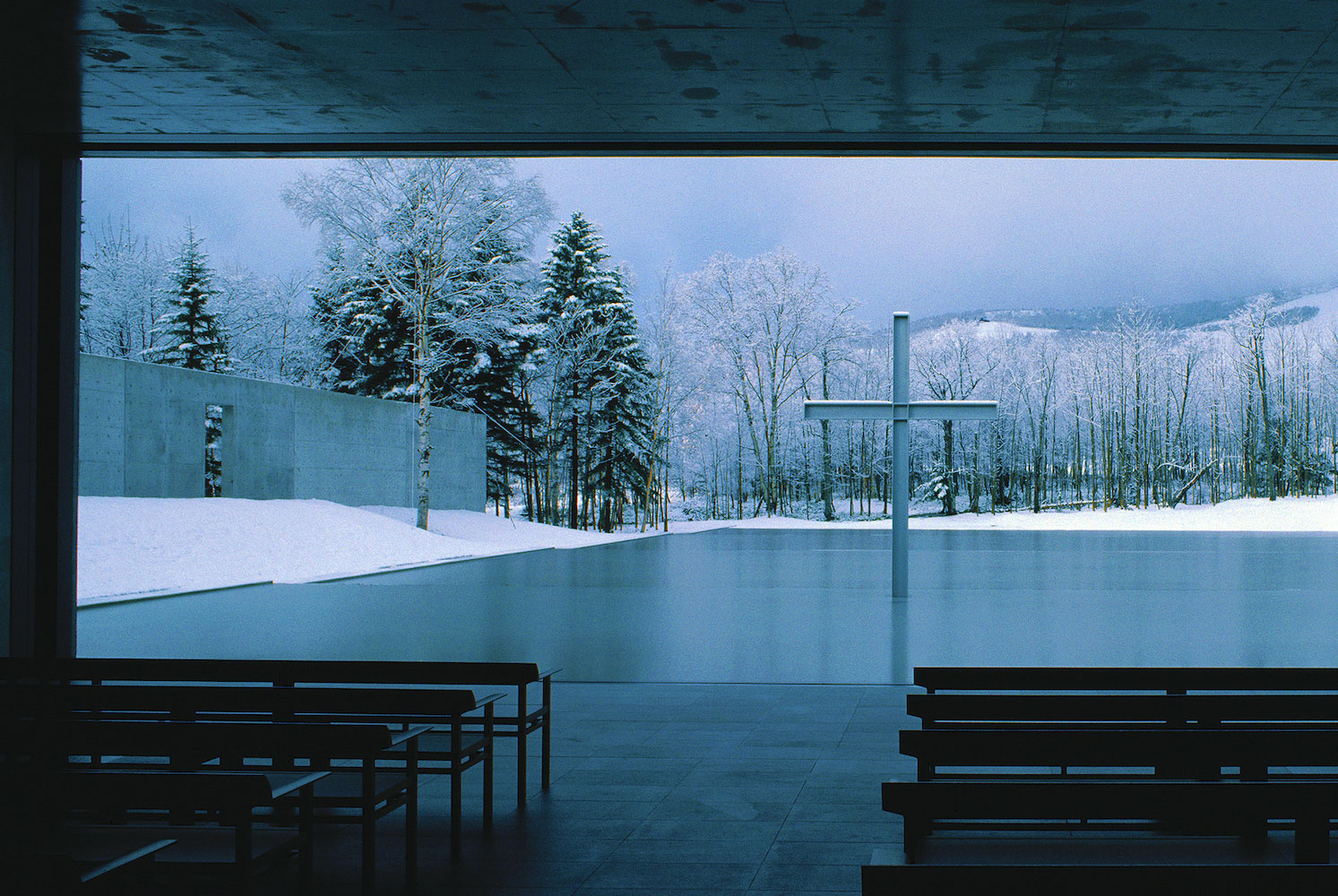
© Tadao Ando Architect & Associates
A chapel with minimalist geometric lines, constructed from rough concrete and surrounded by nature: this is a brief description of Church on the Water, a religious building designed by Japanese architect Tadao Ando. Built in 1988, it is located in the small town of Tomamu and belongs to the Hoshino Resort TOMAMU hotel, on Japan’s northernmost island, Hokkaido.
Tadao Ando, one of Japan’s leading architects, is particularly renowned for his creations based around two key elements: concrete and light. In June 1995, he was awarded the Pritzker Architecture Prize. His body of work includes Azuma House in Osaka and Benesse House on Naoshima Island.
Communion with nature
Church on the Water is composed of two overlapping cubes. The first, with three concrete walls and a large sliding window, forms the heart of the religious building, where marriage ceremonies take place. The church is particularly popular for such celebrations. The second is a glass cube in which four concrete crosses can be seen, and is connected to the first by a spiral staircase.
The church, bordered by a large L-shaped wall, is surrounded by nature. Hills and beech forests encircle the building, which faces a pond. In the middle of the latter stands a steel cross and water flows down in tiers before emptying into a stream below. This ingenious construction gives the impression that the chapel is floating on the water. This feeling of being in communion with nature is accentuated from December until March, when the entire landscape is covered in a thick blanket of snow.
This ecclesiastical creation would not prove to be a one-off because the following year, in 1989, Tadao Ando built the Church of the Light in Ibaraki, Osaka.
Church on the water (1988), is a creation by Tadao Ando on Japan’s northernmost island, Hokkaido.
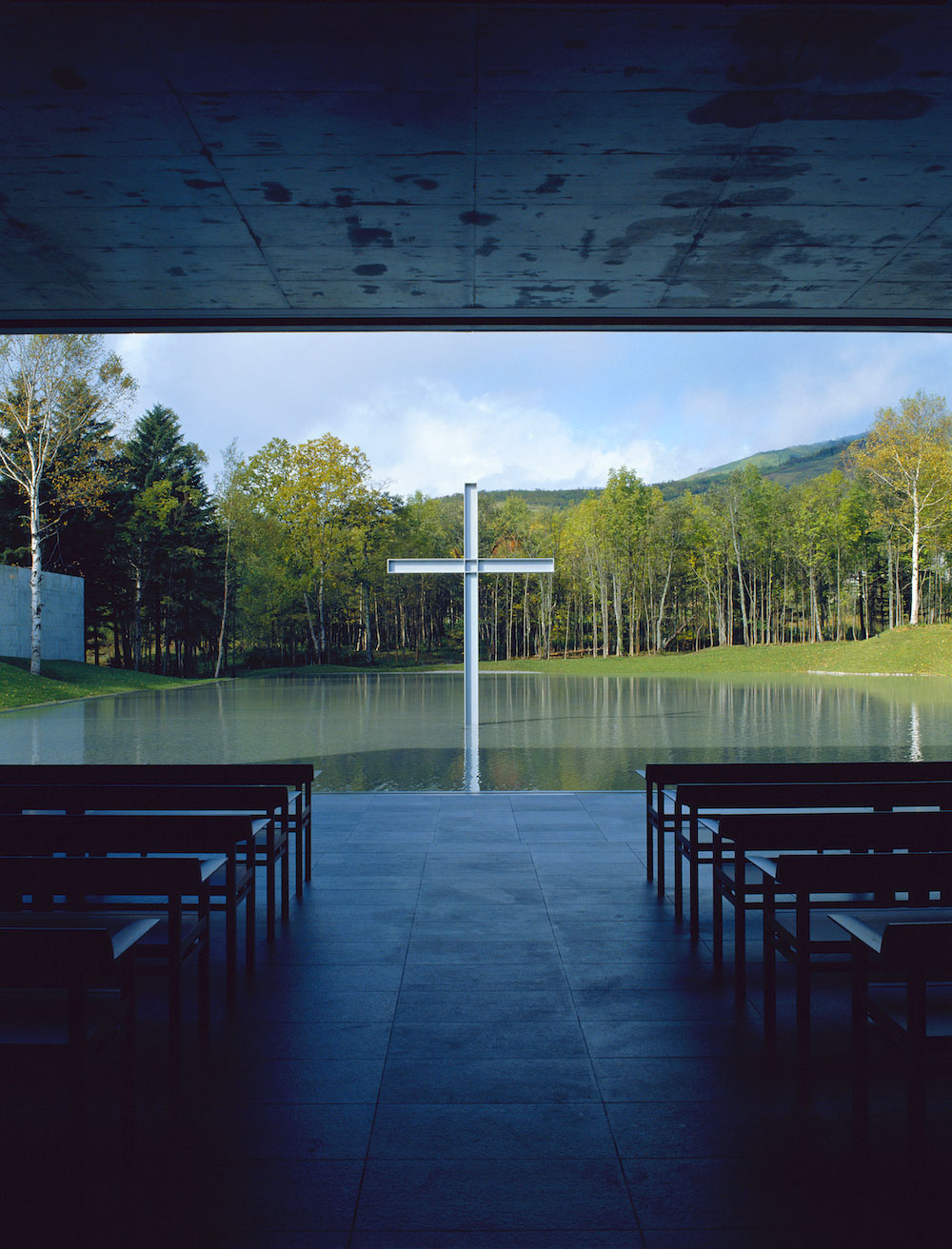
© Tadao Ando Architect & Associates

© Tadao Ando Architect & Associates
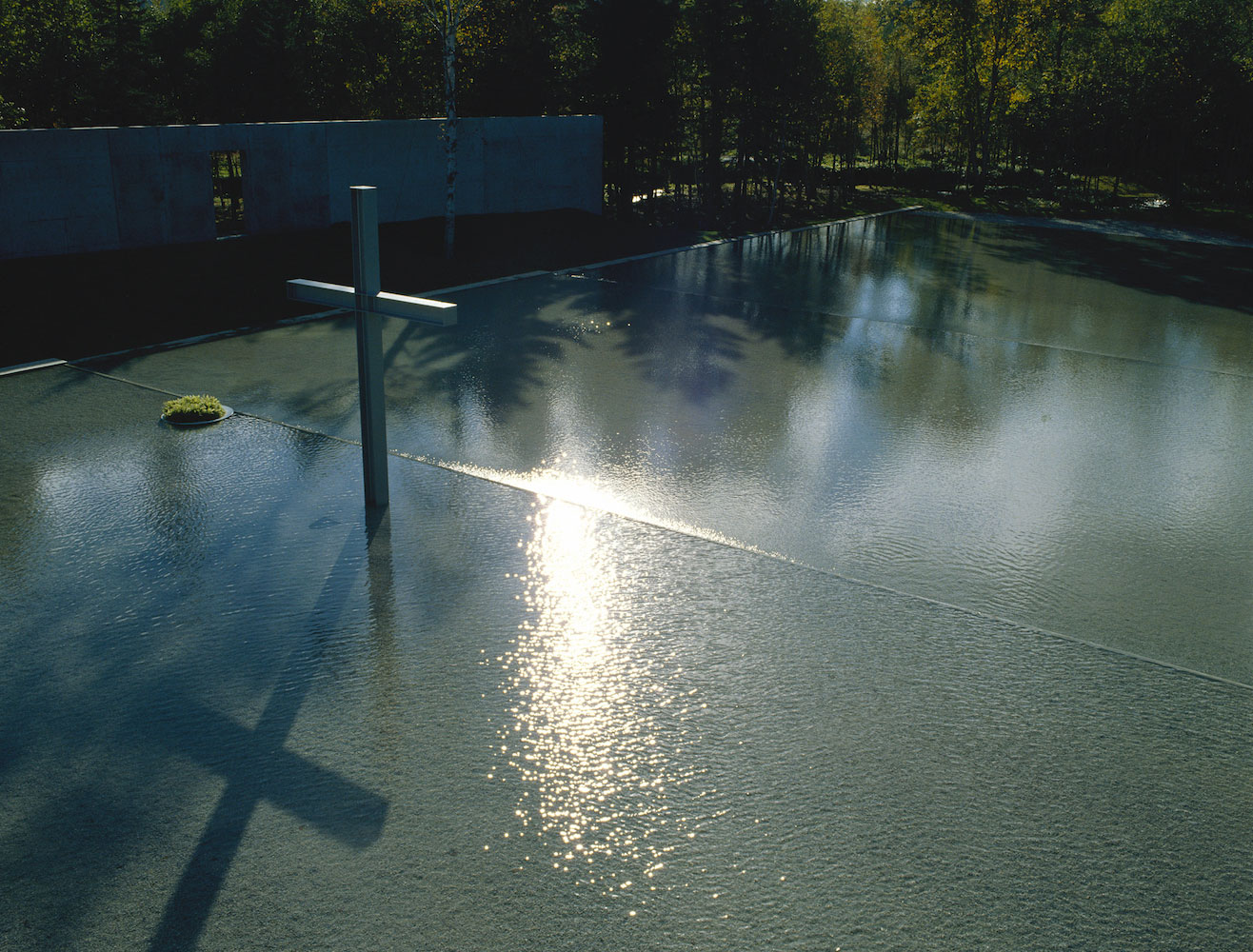
© Tadao Ando Architect & Associates
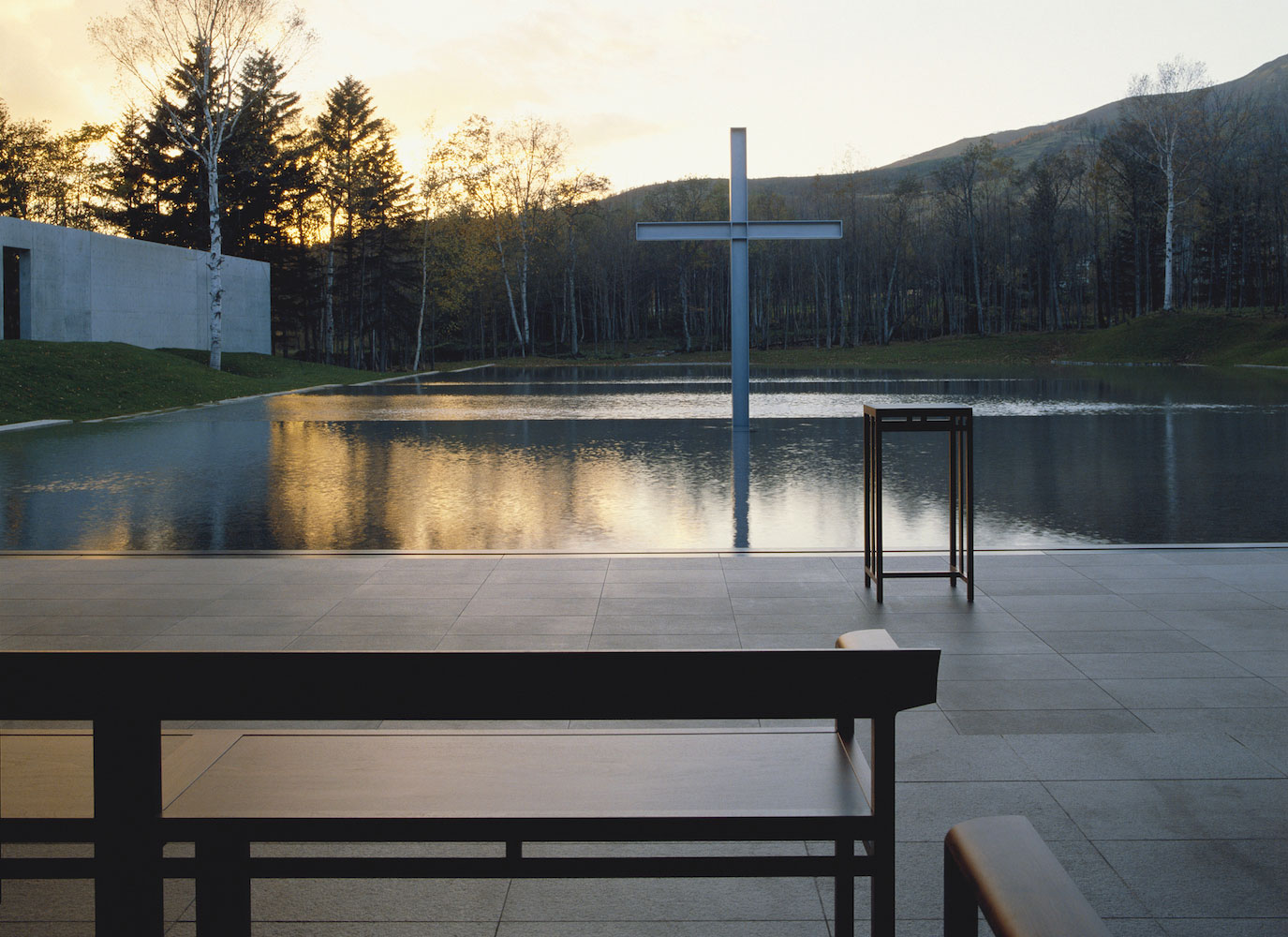
© Tadao Ando Architect & Associates
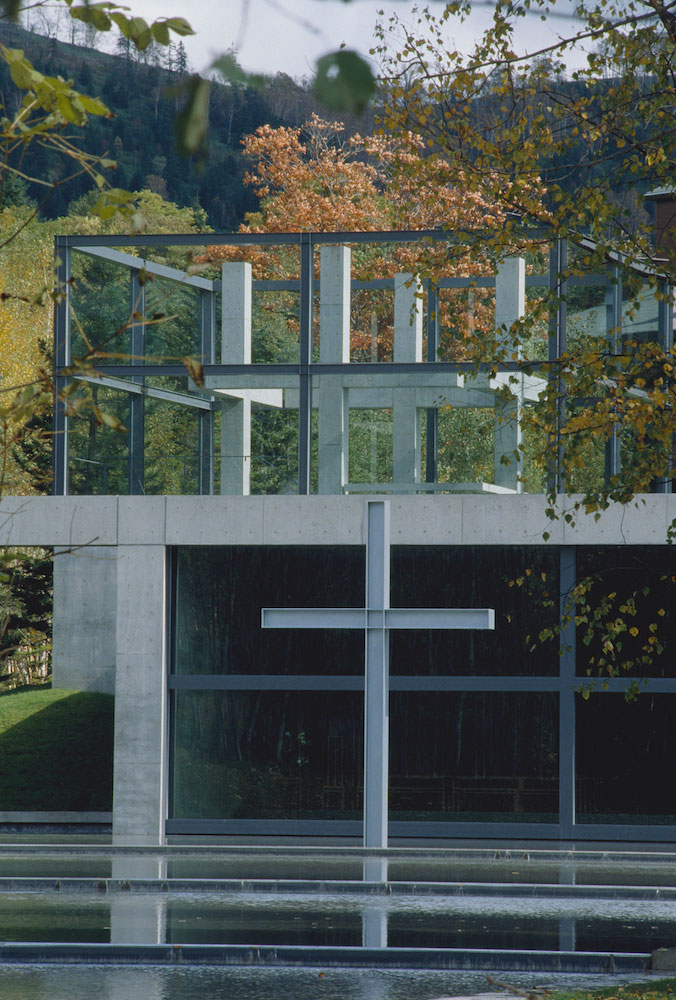
© Tadao Ando Architect & Associates

© Tadao Ando Architect & Associates
TRENDING
-
The Tattoos that Marked the Criminals of the Edo Period
Traditional tattoos were strong signifiers; murderers had head tattoos, while theft might result in an arm tattoo.

-
Paris, Tokyo: Robert Compagnon
With his co-chef and talented wife, Jessica Yang, Robert Compagnon opened one of the top new restaurants in Paris: Le Rigmarole.
 3:31
3:31 -
The Story of Sada Yacco, the Geisha who Bewitched Europe
Described by Dazed magazine as the first beauty influencer, she has been restored to her former glory since 2019.

-
Ito Jakuchu's Naturalist Paintings
From 15 September until 14 October 2018, the Petit Palais showcased the artist's iconic ‘Images of the Colourful Realm of Living Beings’.

-
Chiharu Shiota, Red Threads of the Soul
Last year, more than 660,000 people visited the retrospective 'Chiharu Shiota: The Soul Trembles' exhibit at the Mori Art Museum.





